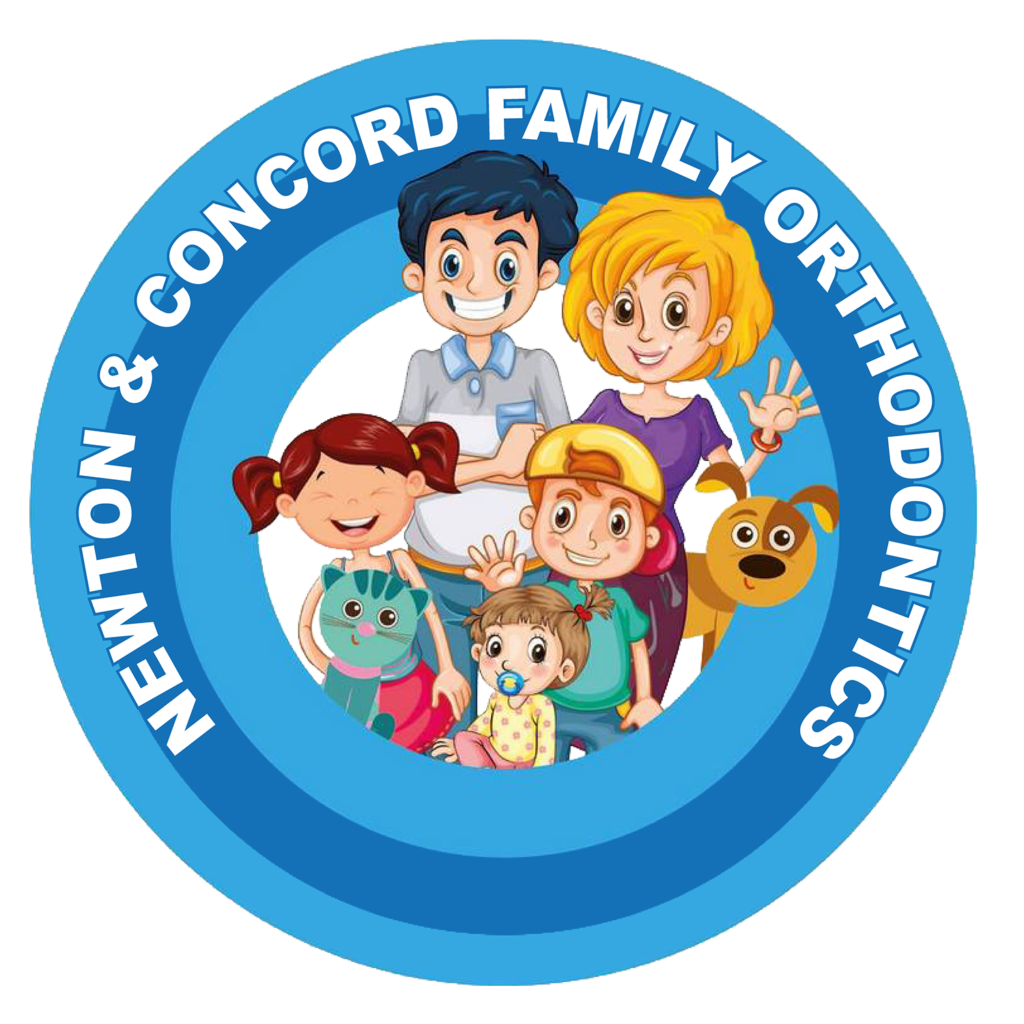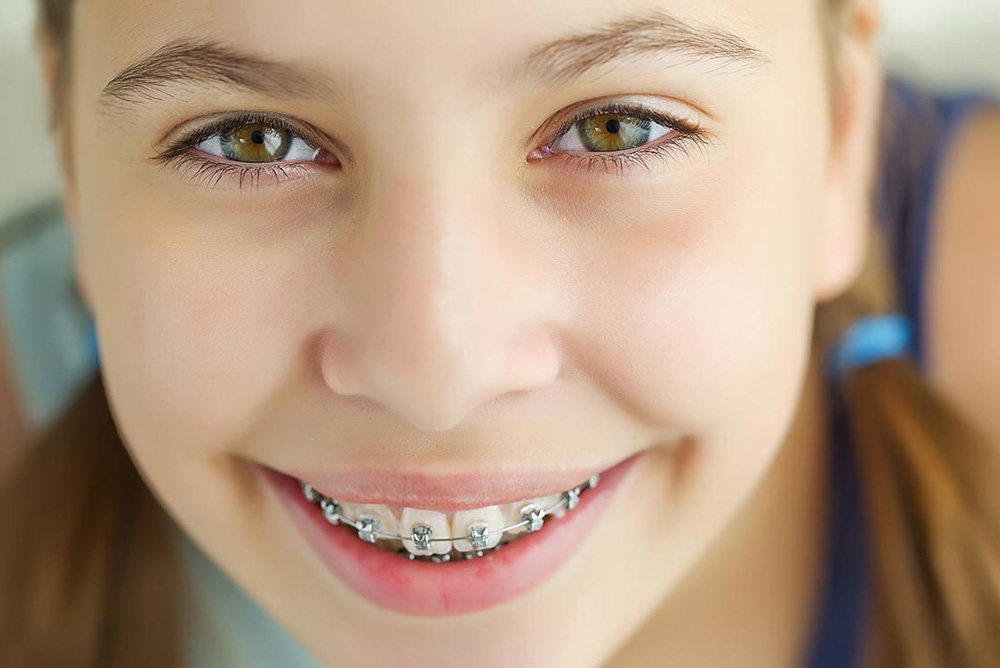When you have children, taking care of your children’s teeth is part of your daily responsibility, from teaching them to brush properly to making sure they are not eating foods that are known to be bad for their teeth. As your child grows and is in elementary school, their smiles slowly change from baby teeth to increasing numbers of adult teeth. As the adult teeth come, or even before this, you may suspect that they will need orthodontics to straighten their teeth. Maybe your child’s teeth are overlapping, or are even coming in at distinctly alarming angles. Most people who have braces get them in their teen years, so you may think you can wait until the teen years are closer than they are now to take your child to the orthodontist. But this is not the case. Children should see an orthodontist for a consultation around the age of seven. Not all orthodontists practice pediatric orthodontics, so it is wise to seek out an orthodontist who has pediatric orthodontist as a specialty. Newton Centre Family Orthodontics does practice pediatric orthodontics, so call today for a pediatric consultation.
Why By Age Seven?
- One of the main reasons for this young consultation is that by age seven, 75 percent of the facial growth of a person is complete by age seven. This means that if there is a problem associated with the dentofacial structure, it can be seen by this age, and so treated if it is needed.
- A second reason to seek an orthodontic consultation by age seven is that if early intervention is needed, it is best to do it while the bones are still in a growing phase. This fact makes correction of dentofacial issue easier to adjust.
- Even if your child’s teeth sit straight next to each other, left to right, there still could be reasons for orthodontic intervention.
- There are, alas, congenital problems that some children have that also require orthodontic attention. For example, Kabuki Syndrome is a birth defect that affect the facial structure that often requires orthodontic intervention.
What Could Intervention Include?
- A common early intervention that is used on children is a palate expander. A palate expander is a type of retainer that has a device that is turned daily via a key and that slowly expands the palate of the mouth.
- A palate expander is used when the palate (the roof of the mouth) is narrow enough to cause problems. One of the most common problems that a narrow palate creates is a cross bite. This means that the upper teeth sit on the inside where they should sit for a good bit. This can cause problems including unusual wear on the teeth.
- Another common intervention is a Herbst appliance that slowly moves the lower jaw forward and this is best done when the bones are still growing.
Early intervention is generally conservative and requires a second phase of treatment in their teen years. Call Newton Centre Family Orthodontics for a consultation for your child.


